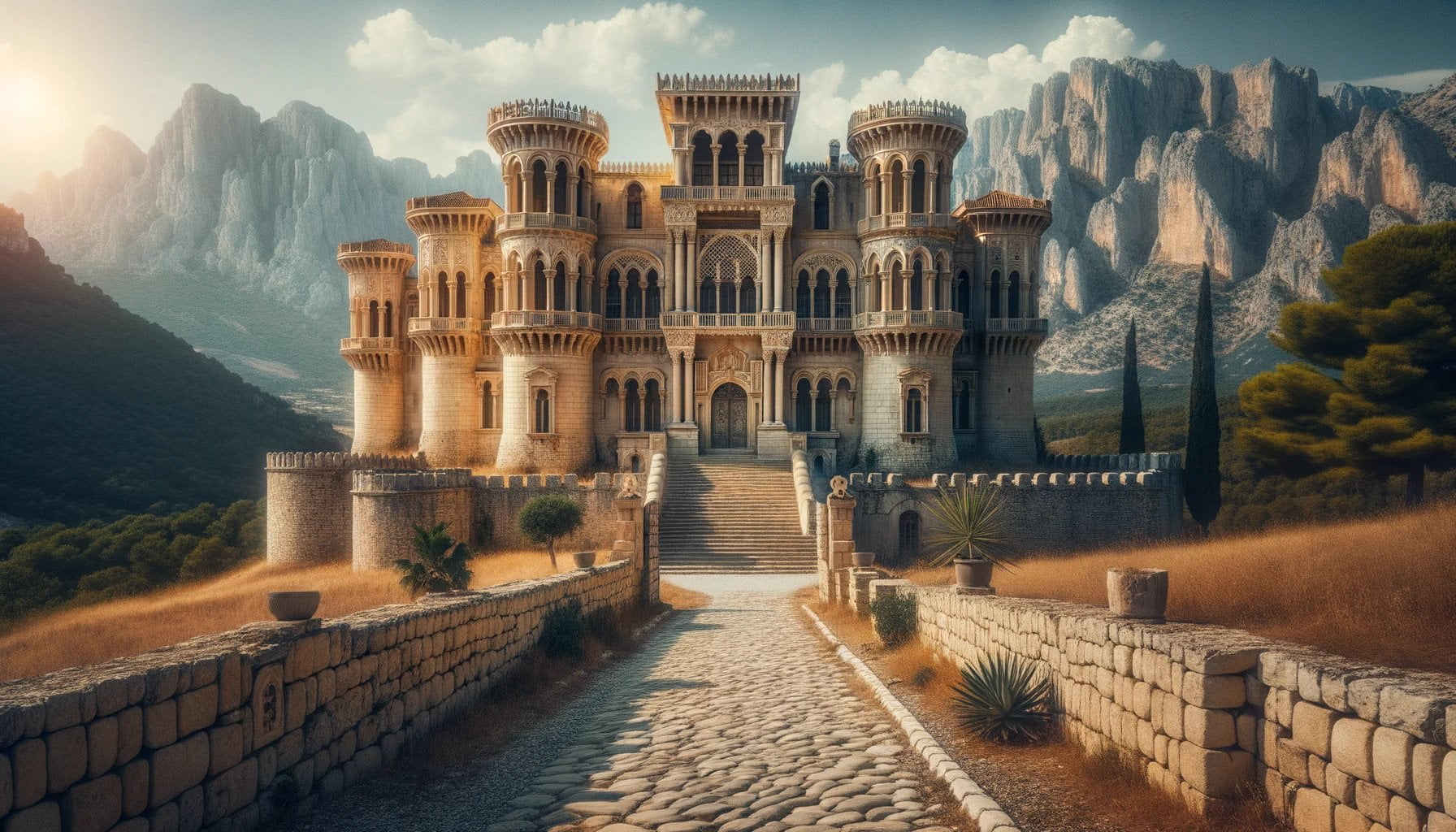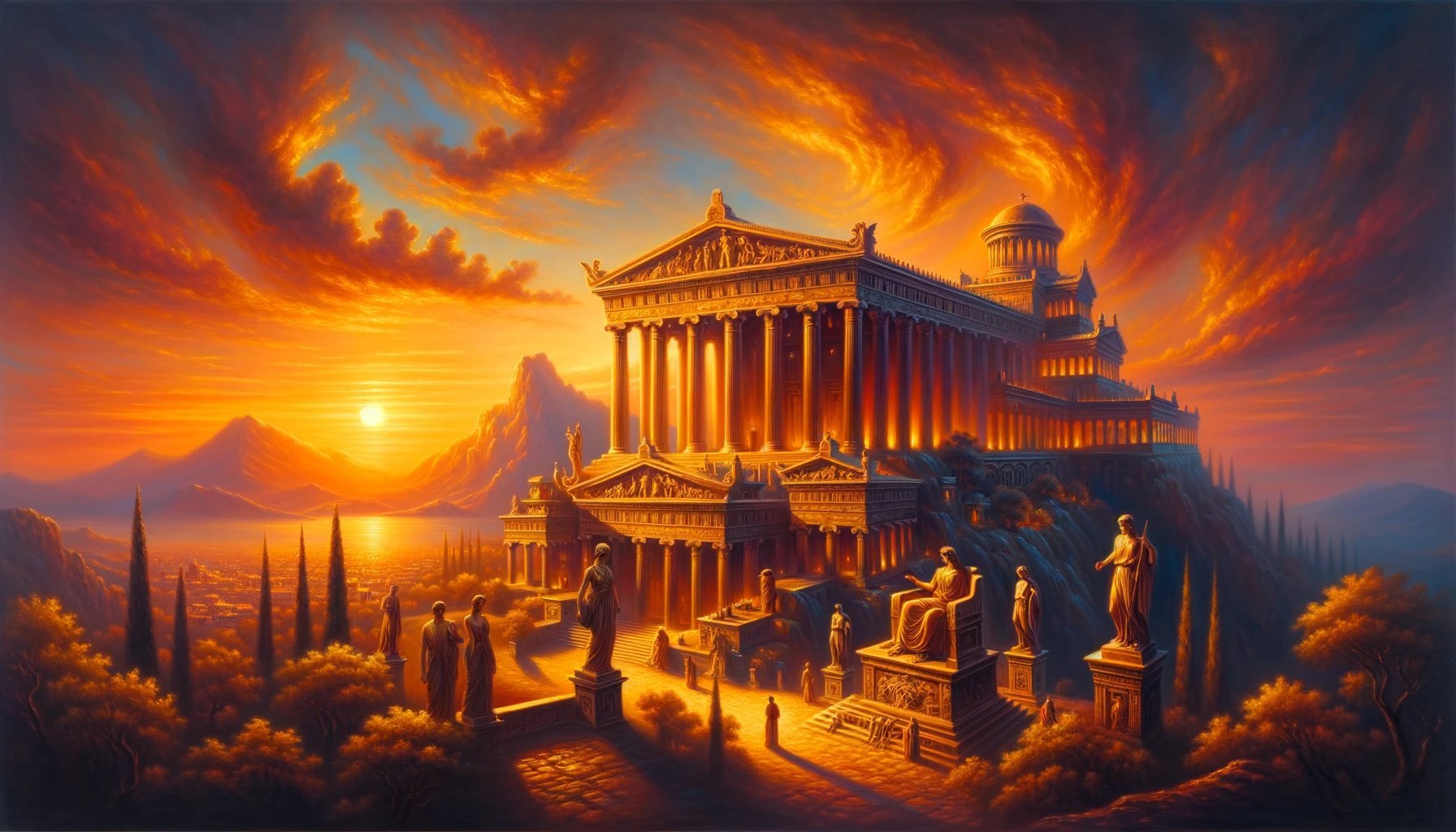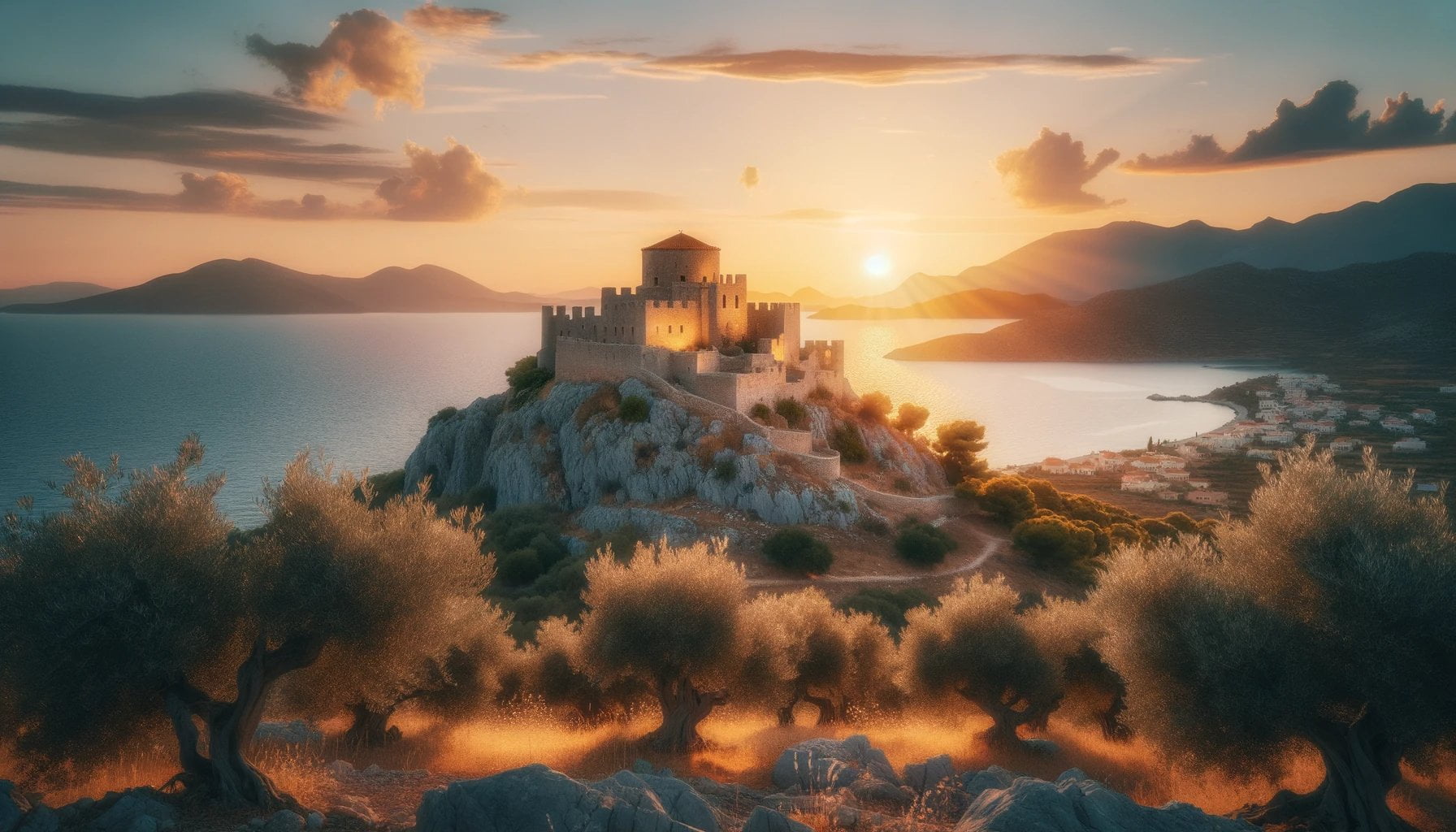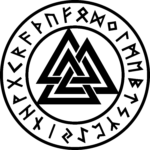Discover the captivating world of ancient Greek castles as we delve into their remarkable architecture, intriguing history, and profound cultural significance. With a focus on unraveling their secrets, our expert exploration takes you on a journey through time, shedding light on these majestic structures that once stood as symbols of power and protection. From their intricate designs to their intricate defense mechanisms, we invite you to unlock the hidden tales and strategic importance behind these ancient Greek castles. Join us as we unravel the mysteries and share the rich heritage of these remarkable ancient structures.
Key Takeaways:
- Ancient Greek castles, including the majestic castle of Rhodes, Spinalonga in Crete, the castles of Monemvasia in the Peloponnese, and the castle of Kavala in the north, date back to the early Byzantine period (5th century AD) to the 11th century.
- Greece is home to over 600 medieval castles, fortresses, and towers.
- The Palace of the Grand Master of the Knights of Rhodes, also known as the Kastello, is a notable example of Gothic architecture in Greece and is located in the city of Rhodes.
- The Acropolis of Athens, known for its ancient Greek monumental complex, is a UNESCO World Heritage site and an important ancient Greek castle.
- Other noteworthy castles in Greece include Chlemoutsi, Arta Castle, Asini Castle, Assos Castle, Astypalaia Castle, Castle of Chalkis, Castle of Chios, Castle of Mytilene, Cythera (Kythira) Castle, and Fyli Fortress.
- Websites such as pointgreece.com, Greek Reporter, Culture Trip, and Wikipedia provide information and lists of castles in Greece, including the mentioned castles.
Ancient Greek Castles: Unraveling the Secrets of Their Architecture, History, and Cultural Significance

Ancient Greek castles stand as magnificent symbols of power and protection, offering a glimpse into the rich heritage and strategic importance of the civilizations that built them. From the majestic castle of Rhodes to the fortified structures of Monemvasia, these castles played a crucial role in shaping the history and culture of ancient Greece.
The Architecture of Ancient Greek Castles
The architecture of ancient Greek castles reflects the ingenuity and skill of the builders. These castles were designed to withstand attacks and provide effective defense mechanisms. The castle of Rhodes, widely considered one of the most impressive examples, showcases Gothic architectural elements that are unique in Greece. Its imposing walls, towers, and intricate details captivate visitors, transporting them back in time.
Spinalonga in Crete stands as a testament to the expertise of ancient Greek architects, with its strategic position and strong fortifications. The castles of Monemvasia in the Peloponnese, including the Kavala Castle in the north, also showcase the mastery of ancient Greek castle construction.
The History and Significance of Ancient Greek Castles
Ancient Greek castles date back to the early Byzantine period, spanning from the 5th century AD to the 11th century. Greece boasts over 600 medieval castles, fortresses, and towers, each with its own unique history and cultural significance.
The Palace of the Grand Master of the Knights of Rhodes, known as the Kastello, serves as a remarkable example of a medieval castle in Greece. Its Gothic architecture provides insights into the influence of different architectural styles on ancient Greek castles.
Exploring the Cultural Significance
Ancient Greek castles were not just military fortifications; they were also centers of culture and education. Some castles, like the Acropolis of Athens, were gathering places where people celebrated religious ceremonies and festivals, paying homage to the gods. The Acropolis of Athens is not just a castle but also a UNESCO World Heritage site, showcasing the overall ancient Greek monumental complex.
Each castle had its own unique cultural significance, contributing to the identity and legacy of the ancient Greek civilizations. They were symbols of power, prestige, and protection, reminding us of the rich history and heritage of ancient Greece.
Discovering Their Secrets
Unraveling the secrets of ancient Greek castles requires meticulous research and a deep passion for history. Historians and archaeologists analyze a variety of sources, including archaeological findings and historical texts, to piece together the stories and purposes behind each castle.
By examining the construction techniques, defense mechanisms, and cultural context of ancient Greek castles, we can gain a deeper understanding of the civilizations that built them. Analogies and metaphors can help illustrate complex concepts and engage readers in the exploration of these captivating structures.
Conclusion
Ancient Greek castles continue to captivate us with their remarkable architecture, historical significance, and cultural impact. Through the lens of experienced historians and archaeologists, we can unveil the secrets of these castles, shedding light on their construction, defense mechanisms, and the ways they influenced the societies that built them. Join us on a journey through time as we unravel the mysteries of ancient Greek castles and unlock the stories they hold.
Ancient Persia Inventions
Did you know about the incredible inventions that originated in ancient Persia? From the ingenious water supply system known as qanats, to the development of windmills, Persia was at the forefront of technological advancements. Discover more about these fascinating ancient Persian inventions here.
Ancient Mexican Warriors
Step into the world of ancient Mexican warriors and uncover their tales of bravery and skill in battle. Learn about the renowned Aztec and Mayan warriors who left an indelible mark on history. Immerse yourself in the rich history of ancient Mexican warriors by clicking here.
Myth of the Ancients
Embark on a captivating journey through the mythical tales of the ancients. Delve into the realms of gods, goddesses, and epic quests that have captivated civilizations throughout history. Join us as we unravel the enchanting world of the myth of the ancients here.
Heroes of Ancient Britain
Uncover the extraordinary tales of courage and heroism from ancient Britain. From King Arthur and the Knights of the Round Table to the legendary warrior Queen Boudica, the heroes of ancient Britain continue to inspire us today. Discover the captivating stories of these legendary figures here.
Significance and Cultural Role of Ancient Greek Castles
Throughout history, ancient Greek castles played a vital role in shaping the cultural identity and legacy of the civilizations that built them. These majestic structures stood as symbols of power and protection, showcasing not only the skill and ingenuity of the builders but also the strategic importance of fortifications in ancient Greek society.
Architecture: A Testament to Skill and Ingenuity
The architecture of ancient Greek castles was awe-inspiring, reflecting the advanced engineering and craftsmanship of the time. From the imposing walls and towers to the intricate details of the interior, these castles were marvels of construction. One remarkable example is the Castle of Rhodes, which boasts Gothic architectural elements and stands as a testament to the skill and vision of its builders. Other notable examples include Spinalonga in Crete and the castles of Monemvasia, which also demonstrate the mastery of ancient Greek castle construction.
Strategic Importance: Defense and Beyond
While ancient Greek castles were undoubtedly military fortifications, their significance went far beyond defense. These castles were also centers of culture and education, serving as the heart of their respective communities. They provided a sense of identity and legacy for ancient Greek civilizations, with stories of locals known for their strength and tenacity. Each castle had its own unique cultural role, contributing to the tapestry of Greek history and heritage.
Cultural Significance: Unraveling the Secrets
Unveiling the secrets of ancient Greek castles requires a meticulous approach. Through research and analysis of archaeological findings and historical texts, we can gain a deeper understanding of these awe-inspiring structures. By examining their construction, defense mechanisms, and cultural context, we can unravel the stories and purposes behind each castle. It is through this exploration that we can shed light on the rich heritage and strategic importance of ancient Greek castles.
Key Takeaways:
– Ancient Greek castles held significant cultural roles beyond defense, serving as centers of culture and education.
– The architectural prowess of these castles reflected the advanced engineering and craftsmanship of the time.
– Each castle had its own unique cultural significance, contributing to the identity and legacy of ancient Greek civilizations.
– Unraveling the secrets of ancient Greek castles requires meticulous research and analysis of archaeological findings and historical texts.
Sources:
– historiceuropeancastles.com/greece
– en.wikipedia.org/wiki/List_of_castles_in_Greece
Defense Mechanisms and Strategies of Ancient Greek Castles
As an experienced historian specializing in ancient civilizations, I have delved deep into the secrets of ancient Greek castles. These majestic structures not only served as symbols of power and protection but also held great strategic importance in ancient warfare. Let’s explore the fascinating defense mechanisms and strategies employed by these ancient Greek castles.
Ancient Greek and Roman warfare tactics were highly advanced and influential in shaping modern military strategies. The development and use of military technology played a crucial role in the success of ancient Greek civilizations in warfare [^7^]. Castles and fortifications were key components of medieval military technology, and ancient Greek castles were no exception to this rule [^1^].
The defense of ancient Greek castles involved a combination of architectural features and tactical strategies. Here are some key defense mechanisms and strategies employed by these ancient Greek castles:
High Positioning and Tall Towers
Ancient Greek castles were strategically located on high positions, such as hills or cliffs, to gain a tactical advantage over potential attackers. The elevated positioning allowed defenders to have a broader view of the surrounding area, making it easier to spot approaching enemies. Additionally, castles often had tall towers, providing an even better vantage point for surveillance and defense [^9^].
Battlements and Arrow Slits
Battlements, also known as crenellations, were a common feature in ancient Greek castle architecture. These fortified walls along the castle’s perimeter provided cover for defenders and allowed them to observe and shoot at attackers while remaining protected. The battlements featured gaps called arrow slits or loopholes, which were narrow openings that allowed defenders to fire arrows or other projectiles at their adversaries without exposing themselves to danger [^9^].
Moats and Protective Ditches
Moats and ditches were significant defensive features of ancient Greek castles. These water-filled or dry trenches surrounded the castle walls, acting as a barrier to deter attackers. Crossing a moat or ditch was a formidable challenge, especially if it was deep and wide. Defenders could control access across the moat using drawbridges, which could be raised to prevent enemy access [^9^].
Siege Weapons and Defense Against Them
Siege weapons were often used by attackers to breach castle defenses. Castle defenders had to prepare for various siege weapons, such as catapults, battering rams, and siege towers. To counter these threats, castle architecture incorporated design elements to withstand or destroy incoming siege weapons. Castle walls were built thick and sturdy to withstand battering rams, while strategically placed defensive structures could engage or neutralize enemy siege towers [^10^].
Archers, Boiling Oil, and Other Defensive Tactics
Archers played a crucial role in the defense of ancient Greek castles. They would use arrow slits to shoot at attacking forces, inflicting considerable damage from a protected position. Additionally, defenders often employed psychological warfare by pouring boiling oil or other liquids onto attackers, causing great harm and discouraging further assaults [^12^].
Adaptation and Evolution of Defense Techniques
Just like warfare tactics, castle defense mechanisms and strategies evolved over time. As new technologies and siege techniques emerged, ancient Greek castles adapted their defensive features and construction methods. The constant need to defend against new threats led to the enhancement and innovation of castle defense mechanisms, ensuring the castles remained formidable fortresses [^6^].
Ancient Greek castles were fortified structures designed to withstand attacks from all angles. By employing high positioning, tall towers, battlements, moats, and other defense features, these castles were able to resist enemy assaults. Furthermore, the presence of skilled archers and the ability to counter siege weapons and employ defensive tactics made ancient Greek castles even more impenetrable.
Through meticulous research and analysis, we can unveil the secrets of ancient Greek castles, shedding light on their defensive mechanisms and strategies. These castles stood as remarkable testaments to the military prowess and strategic thinking of ancient Greek civilizations.
Key Takeaways:
- Ancient Greek castles employed various defense mechanisms and strategies to protect against attackers.
- High positioning and tall towers provided defenders with a strategic advantage and a broader view of the surrounding area.
- Battlements and arrow slits allowed defenders to observe and shoot at attackers while remaining protected.
- Moats and protective ditches acted as barriers to deter attackers.
- Ancient Greek castles incorporated design elements to withstand or destroy incoming siege weapons.
- Archers played a crucial role in the defense of ancient Greek castles, utilizing arrow slits to shoot at attackers.
- Defensive tactics, such as pouring boiling oil onto attackers, inflicted harm and discouraged further assaults.
- Castle defense techniques evolved over time, adapting to new technologies and siege techniques.
[^9^]: BBC – Bitesize: Ancient Greek Castles
[^10^]: History on the Net – Medieval Life: Attacking and Defending a Castle
5. Influence of Ancient Greek Castles on Society and Politics
When we think of ancient Greek castles, we often envision majestic structures standing as symbols of power and protection. These castles, with their awe-inspiring architecture and strategic locations, played a significant role in shaping the societies and politics of ancient Greece. Let’s explore the profound influence these castles had on the world around them.
The Role of Castles in Society:
Ancient Greek castles were not only military fortifications; they also served as centers of culture and education. They contributed to the identity and legacy of ancient Greek civilizations. These castles had their own unique cultural significance, reflecting the values and beliefs of the societies that built them.
Political Significance of Ancient Greek Castles:
In the ancient Greek city-states, political unity was not a common feature. Each city-state governed itself independently, either through oligarchies or democracies. However, castles played a crucial role in the political landscape of ancient Greece.
The aristoi, the highest social class in Greek society, were the wealthy elites who held considerable political power. These aristoi had more resources, including money, better armor, weapons, and horses for military campaigns. They often resided in castles, which served as symbols of their wealth and influence.
The strategic location of ancient Greek castles provided a tactical advantage for defense and control over the surrounding areas. Positioned on high ground, tall towers offered a better vantage point for surveillance and defense. Battlements and arrow slits allowed defenders to observe and shoot at attackers while remaining protected.
Defense and Politics:
In times of conflict, when city-states faced external threats or internal instability, ancient Greek castles were instrumental in securing the safety and stability of the ruling government. They provided refuge for political leaders and their families, allowing them to withstand sieges and maintain control.
Cultural and Artistic Impact:
The ancient Greek civilization, with its language, politics, education, philosophy, science, and the arts, made a profound impact on subsequent societies. The castles of ancient Greece, with their remarkable architecture and historical significance, continue to captivate us today.
The Persian Wars, a series of conflicts between Greece and Persia, had a significant impact on Greek literature and art. These wars influenced the themes and subject matter of ancient Greek tragedies, which often depicted the struggle between good and evil, freedom, and tyranny.
Democracy and Legacy:
Ancient Greek society and government are widely seen as the roots of Western democracies today. While Greek democracy did not extend political rights to women and had various class divisions, the foundations of democracy, civic participation, and political principles were laid in ancient Greece.
The Delian League, also known as the Athenian League, was a political alliance in ancient Greece that formed to defend against Persian threats. It played a crucial role in shaping the political landscape of the time and highlighting the importance of collective defense and shared governance.
Key Takeaways:
- Ancient Greek castles were not only symbols of power and protection, but also centers of culture and education.
- The aristoi, the highest social class, often resided in castles and held significant political power.
- The strategic location of castles provided a tactical advantage for defense and control over the surrounding areas.
- Castles played a crucial role in securing the safety and stability of ruling governments during times of conflict.
- The cultural and artistic impact of ancient Greek civilization, including its castles, continues to influence modern society.
- The legacy of ancient Greek society and government can be seen in the foundations of Western democracies today.
Sources:
– Mark Cartwright. “Ancient Greek Society – World History Encyclopedia.” Link
– “Classical Greek Society – Khan Academy.” Link

FAQ
Q1: What is the significance of ancient Greek castles?
A1: Ancient Greek castles held great cultural and historical importance as symbols of power and protection. They showcased the rich heritage of Greece and played a vital role in shaping its history.
Q2: What are some notable ancient Greek castles?
A2: Some notable ancient Greek castles include the majestic castle of Rhodes, Spinalonga in Crete, the castles of Monemvasia in the Peloponnese, and the castle of Kavala in the north. The Palace of the Grand Master of the Knights of Rhodes and the Acropolis of Athens are also significant ancient Greek castles.
Q3: How did ancient Greek castles contribute to warfare strategies?
A3: Ancient Greek castles were crucial components of medieval military technology. They provided defense against attackers and employed various tactics, such as high positioning, tall towers, battlements, arrow slits, and moats, to protect against sieges.
Q4: What were some key elements of castle defense in ancient Greece?
A4: In ancient Greece, castle defense involved elements such as archers firing arrows, pouring boiling oil onto attackers, and utilizing siege weapons like catapults, battering rams, siege towers, and mining equipment.
Q5: What is the historical and cultural impact of ancient Greek castles?
A5: Ancient Greek castles were not only important for defense purposes but also contributed to the development of military technology and the evolution of fortifications. They served as tangible links to the past and continue to influence modern societies through the legacy of ancient Greek architecture and culture.
- Unlocking Francis Alexander Shields’ Finance Empire: A Comprehensive Biography - July 12, 2025
- Unveiling Francis Alexander Shields: A Business Legacy - July 12, 2025
- Francis Alexander Shields’ Business Career: A Comprehensive Overview - July 12, 2025















